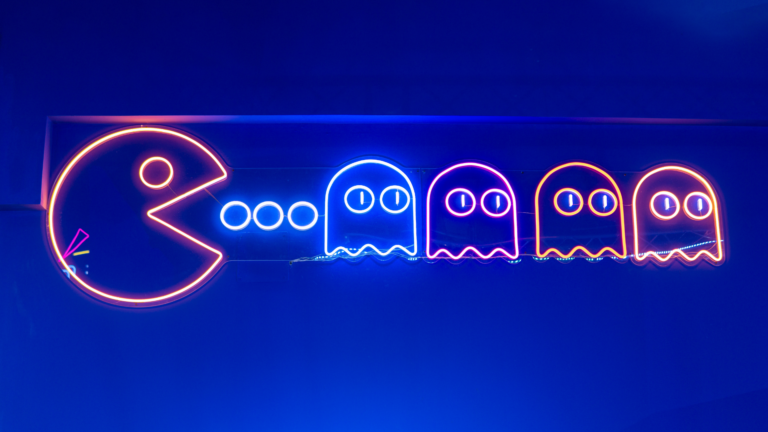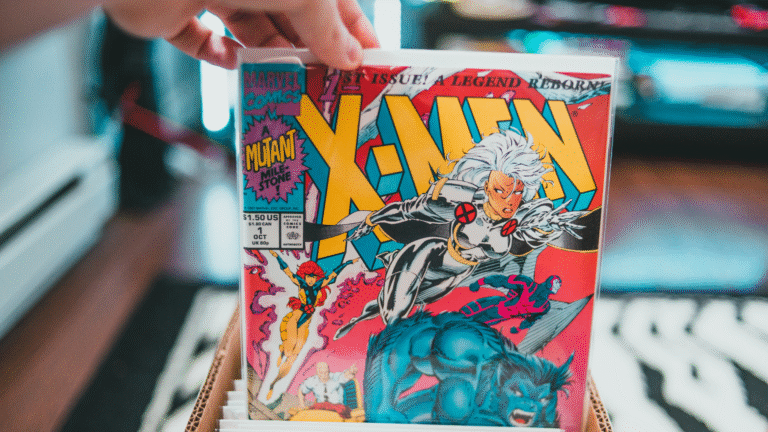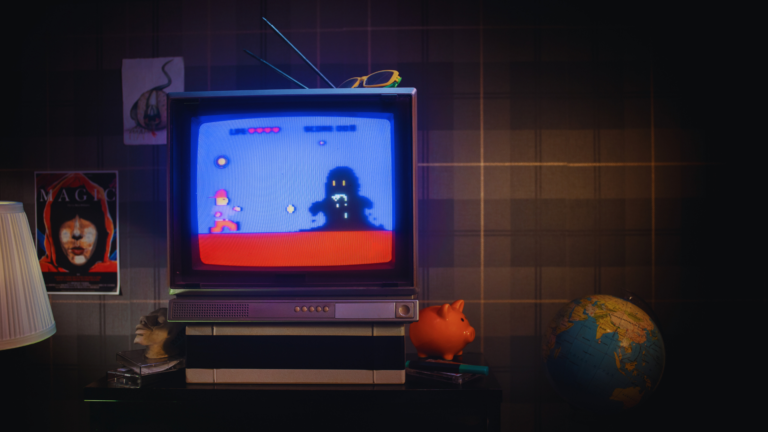Get ready to take a trip down memory lane with one of the most iconic video games of all time – Pac-Man! What started as a simple arcade game in 1980 has since evolved into a modern-day sensation, capturing the hearts of gamers across multiple generations. Join us on this journey as we explore the evolution of Pac-Man from its humble beginnings to its current status as a cultural phenomenon. From pixelated graphics to virtual reality experiences, this timeless classic has something for everyone. So grab your joystick, and let’s dive into Pac-Man!
What is Pacman?
For a good reason, Pacman is one of the most iconic video games ever. More people than any other game have played this arcade classic, and its popularity continues to grow. Pacman was originally designed in 1980 by Japanese game designer Toru Iwatani as a puzzle game. However, it quickly became an addicting arcade hit, thanks to its simple gameplay and catchy music.
Over the years, Pacman has seen many updates and revisions. The original version featured only two colors, and a limited number of ghosts players had to avoid. In 1988, Namco released the first sequel, Pac-Man World, which introduced new levels and characters. In 1992, Sony released Pac-Man Championship Edition 2, featuring faster gameplay and online multiplayer capabilities.
Today’s Pacman is an entirely different creature from the one that made its name on consoles in the 80s and 90s. Thanks to mobile gaming platforms like iOS and Android, Pacman has grown in popularity over the past few years. Not only does this modern incarnation feature stunning high-definition graphics that look almost brand new compared to older versions of the game, but it also offers unique challenges (like eating all the food items in a level within a set time limit) that have made it one of the most popular iPhone games ever made.
How does the game work?
Pac-Man has been a popular arcade game for over 40 years. But where did the game originate? And how has it evolved?
Namco created Pac-Man in 1980 as an arcade game. The game aims to navigate Pac-Man through a maze while avoiding enemies and collecting items. The original Pac-Man game used only four colors and featured simple levels with few obstacles. Over the years, Pac-Man has undergone various changes to accommodate modern gaming platforms. In 2004, Namco released a remastered version of the classic PlayStation 2 and Xbox game. This version featured high-resolution graphics and new levels designed for the console platforms.
In 2012, Namco released Pac-Man Championship Edition for iOS devices. This version featured updated graphics and gameplay mechanics specifically designed for handheld devices. Additionally, this edition received positive reviews from critics who praised its innovative design features and addictive gameplay loop.
Today, Pac-Man remains one of the most popular arcade games in history. It continues to be adapted for new platforms and devices, remaining a fan favorite throughout the years.
What are the different editions of Pac-Man?
Since its debut in the arcades in 1980, Pac-Man has undergone a remarkable evolution, transcending its status as a gaming classic to become a cultural phenomenon. The yellow, pellet-chomping character has graced numerous platforms, and each edition has brought something new to the table.
From the iconic arcade cabinets to its presence on consoles like the PlayStation 1 (PS1), Pac-Man has continually reinvented itself. The series has seen variations such as Ms. Pac-Man, introducing new mazes and challenges, and Pac-Man Championship Edition, which added a frenetic pace to the classic formula.
With the advent of online gaming, enthusiasts can now explore the legacy of Pac-Man and other ps1 games online, experiencing the evolution of this timeless character in the digital age.
Where did the game come from?
The game we know as Pac-Man was initially designed and created in 1980 by Japanese video game designer Toru Iwatani. The game quickly became an arcade sensation and has been enjoyed by generations of gamers ever since.
Pac-Man traces its roots back to a much older type of game known as Pong. Designed by American engineer Nolan Bushnell and released in 1972, Pong is a two-player table tennis game immensely popularized in arcades. While Pac-Man certainly borrows heavily from Pong, it’s the unique creative vision of Toru Iwatani that genuinely set it apart from all other arcade games at the time. Iwatani wanted to create a game that felt like a traditional board game, with players moving around a maze to capture all the ghosts before they escape and eat your life away.
From its humble beginnings as an arcade classic, Pac-Man has become one of the most popular and well-known video games ever. Its clever design and catchy music make Pac-Man one of the most beloved gaming experiences.
Why is Pacman so famous?
Pacman is one of the most popular video game characters of all time. He first appeared in 1980 on arcade machines and has since become a modern-day sensation. The reason for Pacman’s enduring popularity is simple: he’s an addictive classic that still holds up today. First and foremost, Pacman is a fun and challenging game. It’s easy to pick up and play but hard to master. There are plenty of levels to keep players entertained for hours on end. And because Pacman is such a classic, several versions are available for different platforms, making it accessible to everyone.
Pacman also has a dedicated fan base. His fans are known as “Pacmaniacs,” who are passionate about keeping the character alive. They contribute ideas and feedback to various Pacman games, creating a vibrant community around the surface.
Overall, Pacman remains one of the most popular video game characters ever created. Thanks partly to his enduring popularity, he’ll continue to be enjoyed by generations.







Recent Comments